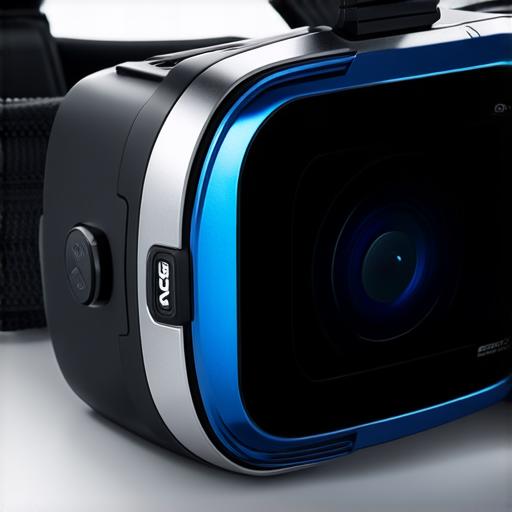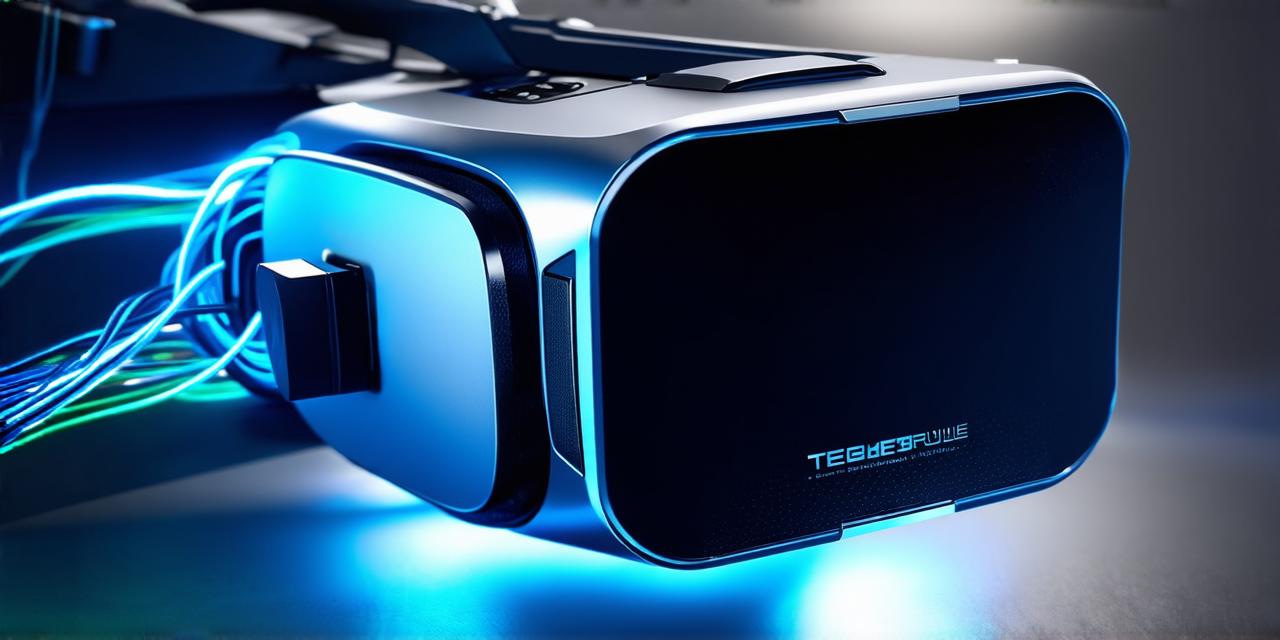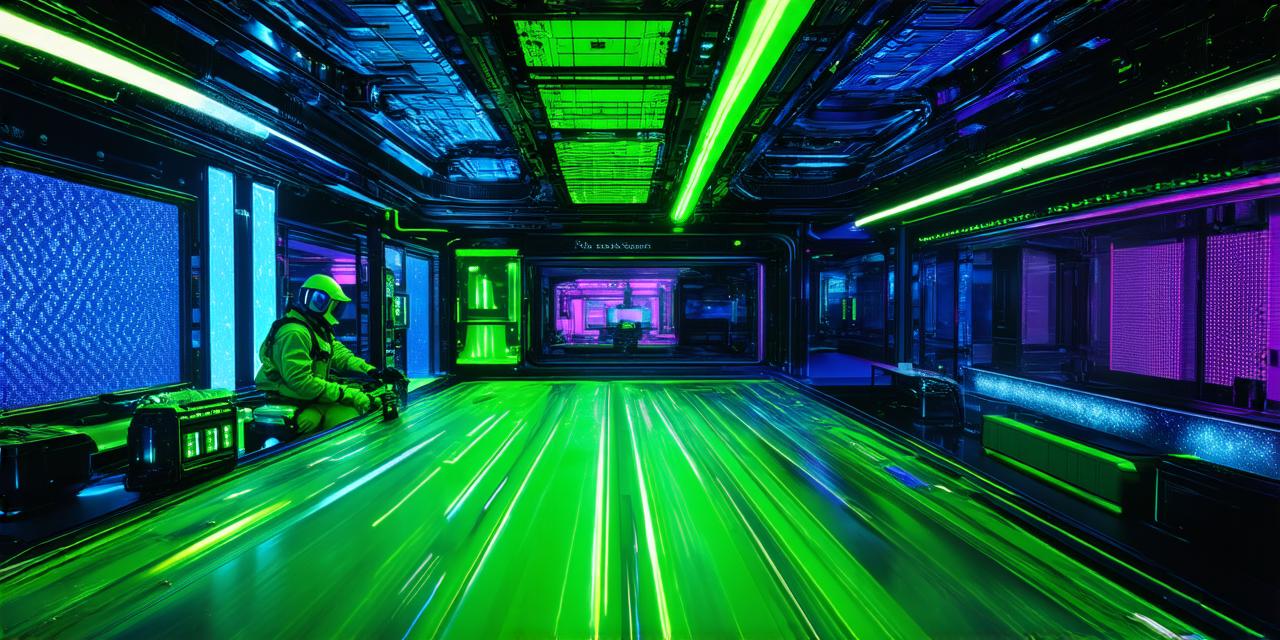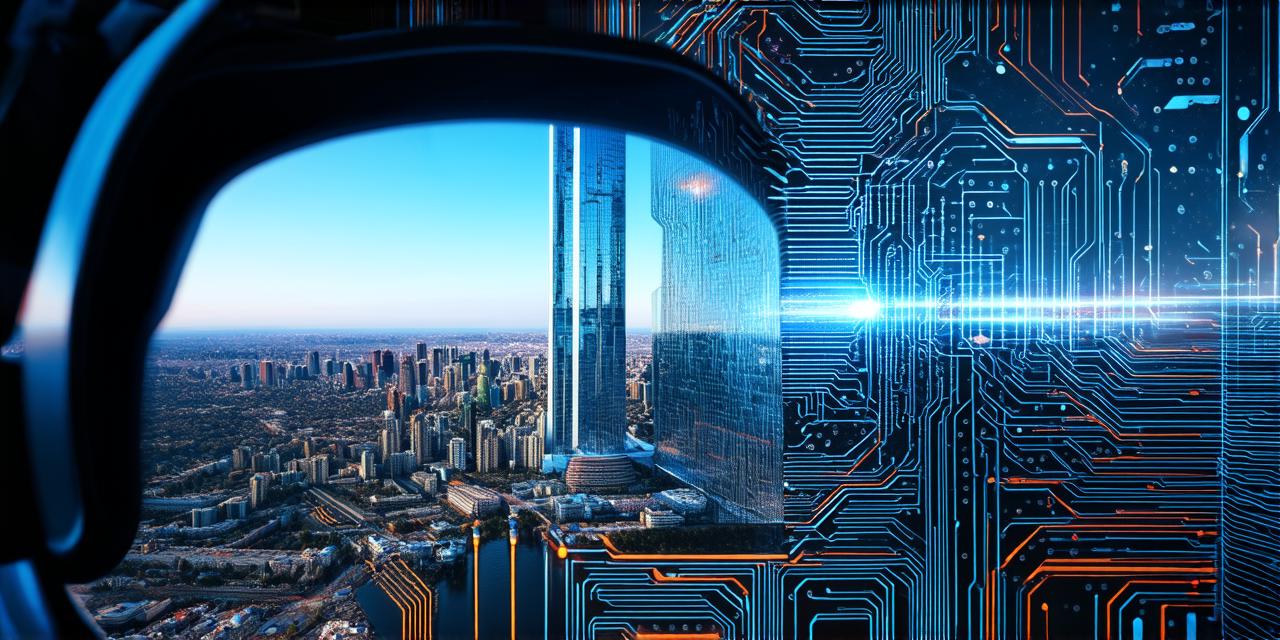Virtual Reality (VR) technology has revolutionized the way we interact with digital environments, offering immersive experiences that blur the line between reality and simulation. One critical aspect of VR that significantly impacts user experience is frame rate. This article delves into why a high frame rate is crucial for virtual reality.
Frame Rate: A Fundamental Concept
To understand the importance of a high frame rate in VR, it’s essential first to grasp what frame rate means. Frame rate refers to the number of frames displayed per second in a video or animation. In VR, a higher frame rate ensures smoother and more responsive visuals, reducing motion blur and minimizing latency.
The Impact of High Frame Rate on User Experience
Reduced Motion Sickness
A high frame rate helps reduce the risk of motion sickness in VR users. By providing a steady stream of frames, the brain is less likely to perceive discrepancies between what it sees and what it feels, thereby reducing the likelihood of nausea or discomfort.
Enhanced Immersion

A high frame rate contributes significantly to the immersive quality of VR experiences. Smooth visuals create a more believable virtual world, making users feel more present and engaged within the environment. This heightened sense of presence is crucial for creating truly captivating VR experiences.
Improved Interaction
In interactive VR applications, a high frame rate ensures that user actions are rendered promptly and accurately. Delays in rendering can lead to frustration and disengagement, making a high frame rate essential for engaging and responsive VR interactions.
The Technical Challenges of High Frame Rate VR
Achieving high frame rates in VR is not without its technical challenges. High-performance hardware is required to render frames quickly enough to maintain a smooth experience, particularly when considering the graphical demands of VR environments. Additionally, optimizing software for efficient rendering and minimizing latency are ongoing areas of research and development within the VR community.
Summary
In conclusion, a high frame rate is crucial for virtual reality as it significantly enhances user experience by reducing motion sickness, increasing immersion, and improving interaction. While technical challenges remain, advancements in hardware and software continue to push the boundaries of what’s possible in VR, ensuring that users can enjoy ever-more captivating and responsive virtual worlds. As we move forward, it is clear that a high frame rate will remain an essential component of any truly immersive VR experience.



